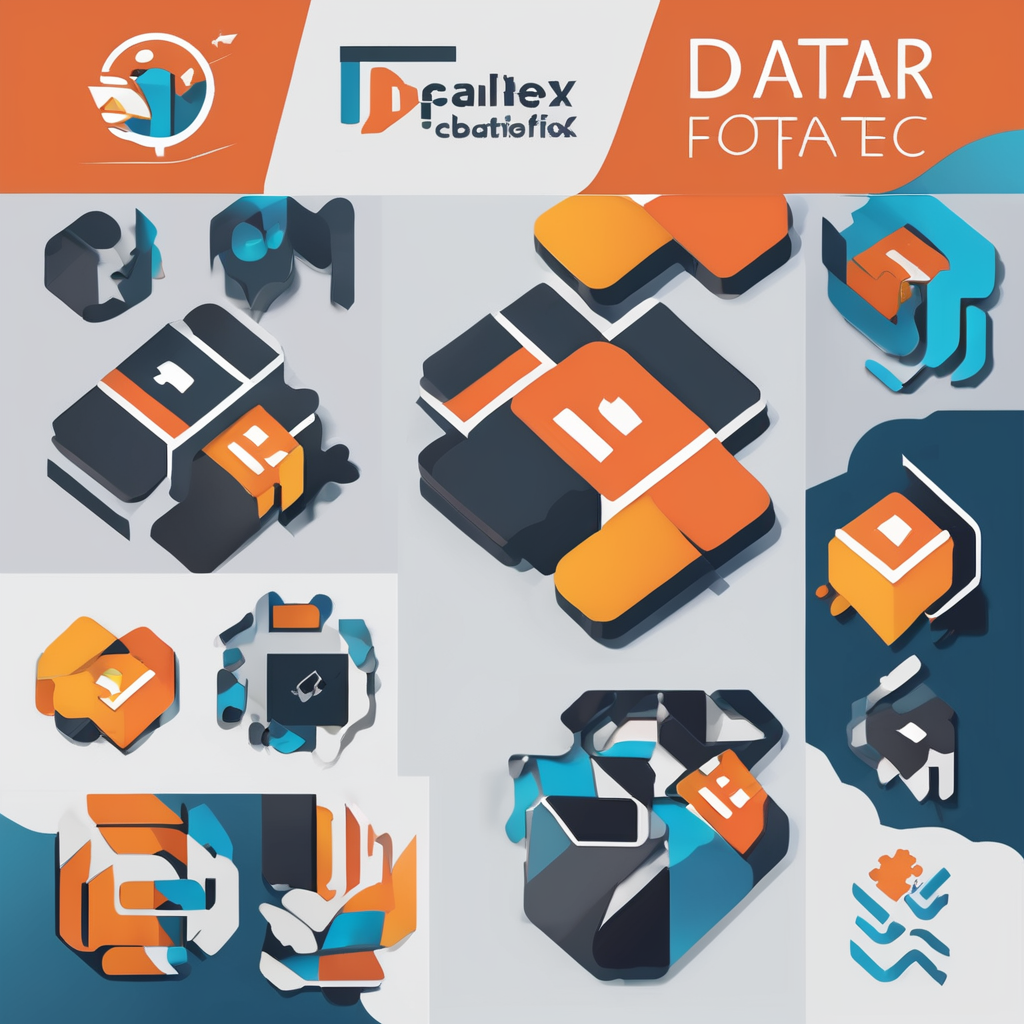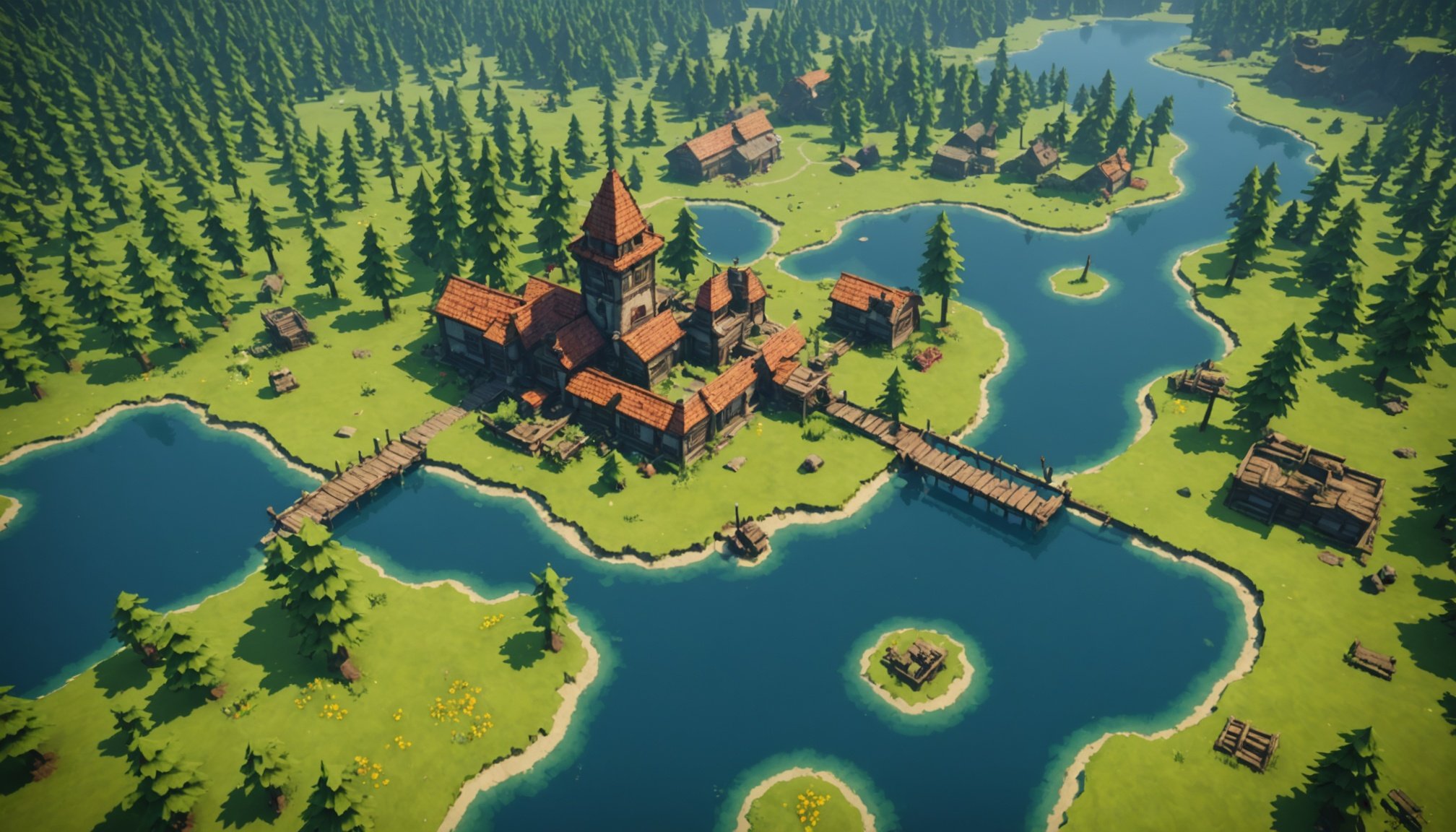Understanding Procedural Generation in Games
Procedural generation is a game design technique where content is created algorithmically rather than manually. This method allows vast and diverse environments without needing individual design for each element, which can enhance both game immersion and replay value. Procedural generation has roots in early computer games and has evolved significantly with technology.
Key algorithms used include Perlin Noise, a gradient noise function, often employed for natural-looking terrains. Cellular automata and fractals are also common, enabling complex terrains and unique patterns. Each of these techniques offers diverse possibilities, influencing world layout, in-game assets, and challenges.
In parallel : Innovative Tactics for Smoothly Incorporating Voice Recognition into Narrative Video Games
Its significance in gaming cannot be overstated. Procedural generation enhances immersion by providing players with ever-changing worlds. Games like “No Man’s Sky” and “Minecraft” have leveraged these techniques to create expansive universes, allowing players unique experiences each time they play. This method reduces the cost and time of manual content creation, offering players countless new adventures driven by algorithmic content generation. As algorithms advance, the potential for more sophisticated procedural environments continues to grow, promising even richer, more dynamic gaming experiences in the future.
Popular Survival Games Utilizing Procedural Generation
Many survival games have harnessed the power of procedural generation, resulting in captivating and ever-evolving game worlds.
In parallel : Mastering the Maze: Key Obstacles in Crafting Seamless Cross-Platform Multiplayer Games”
No Man’s Sky
No Man’s Sky is a perfect example of procedural generation’s impact on exploration and replayability. It creates an entire universe with over 18 quintillion unique planets. Players experience new landscapes and species, making each exploration distinct. The vastness of this universe and the uniqueness of planets have been pivotal in redefining exploration in gaming.
Minecraft
In Minecraft, procedural generation is utilised to craft diverse terrains and biomes. This method facilitates limitless creativity, as players can manipulate and adapt the environment to their preferences. The comparison to traditional game settings shows significant advantages in player engagement and community-driven content creation.
The Long Dark
The Long Dark employs procedural generation to enhance atmospheric effects. Players encounter dynamic weather and wildlife challenges, influencing strategies and heightening realism. The unpredictability of these elements enriches the survival experience, demanding adaptation and resourcefulness.
These games showcase the innovative application and benefits of procedural generation, offering unique opportunities for creative survival strategies and exploration.
Advantages of Procedural Generation in Survival Games
Procedural generation offers numerous advantages in survival games, significantly enhancing the gaming experience. One of the primary benefits is its ability to create game diversity, as each playthrough results in a unique world. This unique environment creation leads to increased replay value, as players never encounter the same setting twice, maintaining their curiosity and engagement.
Moreover, procedural generation is highly cost-effective. It reduces the need for manual content creation, allowing developers to allocate resources more efficiently. This aspect is particularly valuable for scaling content, enabling games to expand without substantial time and financial investments.
Another advantage is the opportunity for player-driven storytelling and exploration. With ever-changing game settings, players can craft personalized narratives, enhancing their connection to the game world. This dynamic environment encourages players to continuously explore and invent new strategies, enriching their overall experience.
These benefits highlight why procedural generation remains a cornerstone in modern gaming. It provides not only a diverse and engaging experience but also an efficient path for developers to create expansive, immersive worlds. As technology advances, the potential for even more innovative and intricate procedurally-generated environments grows.
Challenges and Limitations of Procedural Generation
Procedural generation in gaming provides exciting possibilities, but it is not without drawbacks. One significant challenge is the potential for repetitive or bland environments. Although games can offer vast worlds, there is a risk that they may lack distinct features, leading to monotonous gameplay. This can detract from a player’s immersion and enjoyment. The balance between randomness and deliberate game design is another intricate issue. While randomness enhances unpredictability and exploration, it can sometimes result in environments that feel unstructured and lack coherent challenges.
In terms of user experience, technical limitations can pose hurdles. Complex algorithms required for diverse procedural content may strain system resources, causing performance issues such as lag or crashes. Developers must carefully optimise these algorithms to ensure smooth gameplay. The task is further complicated by the need to uphold aesthetic quality and cohesion across procedural elements, demanding a sophisticated approach to algorithmic content creation. Overall, while procedural generation revolutionises game design, it requires careful management of its limitations to maximise user experience and maintain engaging content.
Visual Comparisons: Procedural vs. Handcrafted Environments
In game design, the debate between procedural and handcrafted environments centres around visual appeal and player engagement. Procedural generation, often praised for its capability to create limitless worlds, shines in titles like “Minecraft,” where diverse terrains invite exploration. However, it can sometimes lack the nuanced detail seen in handcrafted environments, leading to less visually cohesive aesthetics.
A visual analysis reveals stark differences. Procedurally generated worlds offer dynamic variability, yet may struggle with consistency in thematic elements. On the other hand, handcrafted levels provide curated experiences with meticulously designed graphics, ensuring aesthetic harmony—essential for storytelling and immersion.
Consider games with both styles: procedurally generated games ensure replayability and novelty through ever-changing landscapes, while handcrafted games focus on intricate details and narrative-driven spaces. Developers must weigh these factors, determining which approach aligns with their artistic and gameplay goals.
Player experiences can vary widely. Some appreciate the unpredictability of procedural worlds, finding joy in discovery and adaptation. Others prefer the familiarity and narrative richness of handcrafted scenes. Ultimately, the choice influences both aesthetic engagement and gameplay strategies, demanding thoughtful integration in modern game development.
Future Trends in Procedural Generation
The future of gaming is poised for transformation as advancements in procedural generation evolve. New algorithms and AI are set to redefine how environments are created, offering increasingly sophisticated worlds. A prime example is the upcoming title, “Starfield,” where AI-driven procedural generation promises expansive universes with rich narratives.
In examining trends in procedural generation, there’s a shift towards blending emergent gameplay with intricate storytelling. Developers are integrating machine learning to refine procedural elements, creating worlds that feel genuinely alive and responsive. The seamless interaction between technology and gameplay deepens player engagement, fostering an immersive experience that adapts to player choices.
Trends in procedural generation extend beyond traditional boundaries, impacting creative opportunities for gamers. Players gain tools to influence world generation, personalising experiences and enhancing creative expression. As procedural techniques mature, expect environments that not only change dynamically but also cater to diverse player narratives.
These developments highlight the exciting potential of procedural generation, pushing the limits of what is possible in game design. They signal a future where realism meets endless creativity, captivating players with worlds that are as dynamic as they are vast.











